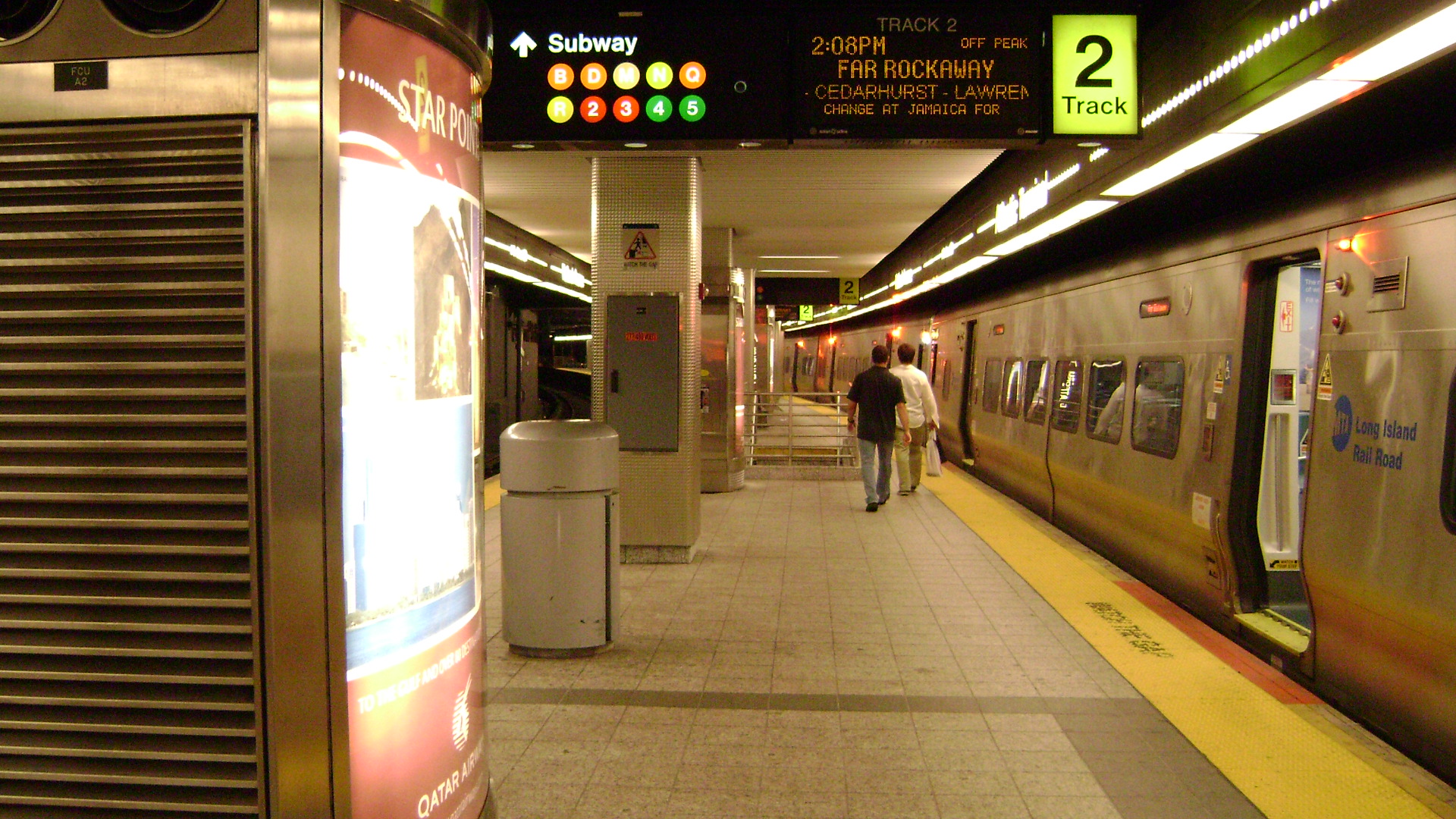Who would pay for a new Long Island Sound crossing?

“Latest rail plan would put a tunnel under Long Island Sound” is nothing new. Only the cost and time needed to complete the project has gone up. It appears to have grown to $100 billion over twenty years.
Five years ago Governor Andrew Cuomo announced supporting a five million dollar study to look at the feasibility of constructing a tunnel from Long Island to either the Bronx, Westchester or Connecticut. This concept of a new cross Island Sound tunnel has previously been considered for decades, but deemed unfeasible. The late Triborough Bridge and Tunnel Authority Chairman Robert Moses paid for a $150,000 study in 1964. It was performed by the firm Madigan-Hyland to study the feasibility of a bridge across the sound. Results of the study were released to the Nassau and Suffolk Regional Planning Board in February 1966. The Oyster Bay – Rye Bridge (originally the Bayville – Rye Bridge) was proposed to complete the Interstate 287 beltway around the New York Metropolitan Area. This was to be done by constructing a 6.1-mile-long cable suspension bridge from the Cross Westchester (I-287) Expressway in Rye to the Seaford – Oyster Bay Expressway (NY 135) in Nassau County. The estimated cost in 1966 dollars for the proposed bridge was $150 million. (It would be billions in today’s dollars) The idea died due to local community opposition and law suits. The same would be true today. Property condemnation at either end to support either a bridge or tunnel including connections to existing roads could displace thousands of residents and businesses. By the time all the court cases would be resolved, it could take years and cost billions.
Governor Cuomo referenced his new proposed bridge and/or tunnel from Queens or Nassau County to Westchester County or Connecticut during his 2018 State of the State speech. He conveniently forget at the time to share the detailed results of this $5 million study. The estimated cost for the Gateway Tunnel which would connect New Jersey with Penn Station is $29 billion. Crossing Long Island Sound would be a far greater distance than the Hudson River. One recommendation from his study was a 18 mile tunnel from Rye or Port Chester to Oyster Bay with a cost between $31.5 and $55.4 billion! Another concept is some sort of combination tunnel and bridge between Kings Park to Bridgeport Connecticut with a cost between $13 and $32 billion. Imagine the final cost of either concept if and when completed decades later! Any guess what the toll would be to pay off bonds used for financing? Try $20, $30 or $40 each way when opened in 2042 or later. Proposed construction of a new Cross Island Sound Tunnel also has been previously studied by various other planning and transportation agencies going back decades. The proposed Amtrak high speed route would run along the Long Island Rail Road Main Line Third Track (which is located between the Floral Park and Hicksville LIRR stations in Nassau County). The ongoing construction of the $2.6 billion MTA LIRR Main Line Third Track project was not designed to support Amtrak high speed service. There would also be serious operational conflicts between Amtrak and LIRR on this corridor. The LIRR has committed to increase service by 40% upon completion of the LIRR Eastside Access to Grand Central Terminal scheduled to start in December 2022..

Brooklyn Boro
View MoreNew York City’s most populous borough, Brooklyn, is home to nearly 2.6 million residents. If Brooklyn were an independent city it would be the fourth largest city in the United States. While Brooklyn has become the epitome of ‘cool and hip’ in recent years, for those that were born here, raised families here and improved communities over the years, Brooklyn has never been ‘uncool’.